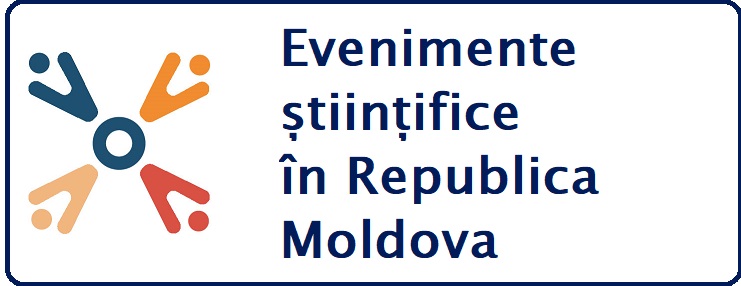| Conţinutul numărului revistei |
| Articolul precedent |
| Articolul urmator |
 |
 271 271 2 2 |
| Ultima descărcare din IBN: 2023-08-14 18:58 |
| Căutarea după subiecte similare conform CZU |
| 616.36-004-008.64:616.831-056.7 (2) |
| Заболевания пищеварительной системы. Болезнь пищеварительного тракта (1732) |
| Инфекционные заболевания. Инфекционные лихорадки (971) |
 SM ISO690:2012 SM ISO690:2012CUMPĂTĂ, Veronica, ŢURCANU, Adela, SAKARA, Viktoria K.. Exchangeable copper - a new diagnostic indicator for Wilson’s disease. In: Revista de Ştiinţe ale Sănătăţii din Moldova, 2022, nr. 3 An.1(29), p. 177. ISSN 2345-1467. |
| EXPORT metadate: Google Scholar Crossref CERIF DataCite Dublin Core |
| Revista de Ştiinţe ale Sănătăţii din Moldova | ||||||
| Numărul 3 An.1(29) / 2022 / ISSN 2345-1467 | ||||||
|
||||||
| CZU: 616.36-004-008.64:616.831-056.7 | ||||||
| Pag. 177-177 | ||||||
|
||||||
| Rezumat | ||||||
Introduction. Estimating the „free” copper has been proposed as a diagnostic test for Wilson’s disease (WD) but was not approved by the international guidelines, due to a lack of data about the link between “free” copper and the different clinical presentations. New biomarkers are being investigated. Aim. The paper aims to analyze the bibliographic data on the new tools for diagnostic in WD, like exchangeable copper (CuEXC). Methods. An advanced search was performed in the PubMed, and ScienceDirect databases, using the search English terms: „Wilson’s disease”, „diagnostic test”, „exchangeable copper” and „relative exchangeable copper”. Results. CuEXC is a new validated method for the direct determination of labile copper. The relative exchangeable copper (REC) – the ratio of CuEXC/total serum copper - was compared to the usual tests used for WD diagnosis at different stages. Regardless of sex, age, or the degree of underlying liver failure, a REC value > 18.5% emerged as the best biomarker for the diagnosis of WD showing 100% sensitivity and 100% specificity, also confirmed in non-Wilsonian liver disease. Family screening in asymptomatic subjects observed that REC determination significantly differentiated subjects without WD from WD patients with a cutoff of 15%. Conclusions. Being a tool with high sensitivity and specificity, the determination of REC can be useful, reliable, rapid, and easy to set up to confirm or exclude WD in both adults and children, in carriers or asymptomatic patients. |
||||||
| Cuvinte-cheie Wilson’s disease, diagnostic test, exchangeable copper, Boala Wilson, test de diagnostic, cupru interschimbabil. |
||||||
|












